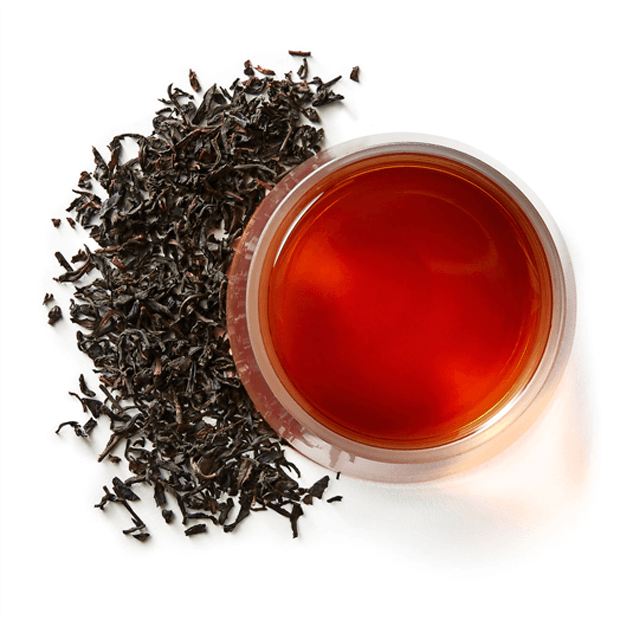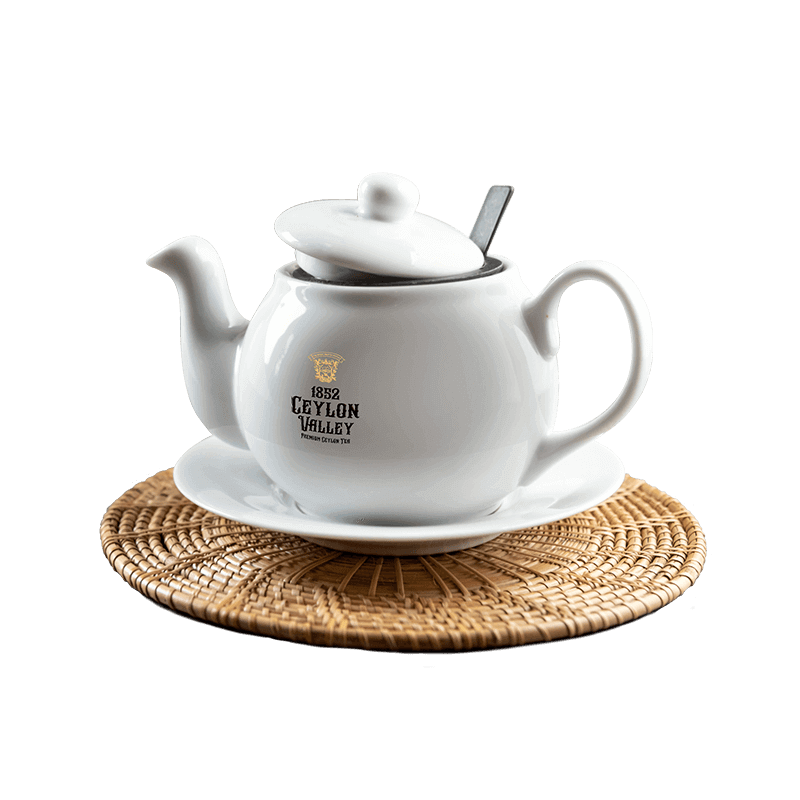About Us
About
1852 Ceylon Valley Tea
Great tea, friendly stores and above-and beyond customer service. it seemed like a simple idea, but we couldn’t find anyone else that was doing it. so in 2018 we decided to take things in to our own hands. and one year down the line, we are happy to say we have made tremendous progress, serving faithful consumers in 6 regions. Its a handful of expertise, the right mix, exceptional taste, and attention to detail, that has helped us grow rapidly within a short time in the trade.

Story of Ceylon Tea
1867 – 1877
James Taylor arrived in Ceylon in 1852, settling down at the Loolecondera Estate, Galaha. He begins a 19-acre tea plantation on the Loolecondera Estate in 1867, laying the foundation for what would become Sri Lanka’s largest export industry for over a century.
Why Ceylon tea?
Green and lushly fertile, the island republic of Sri Lanka lies in the Bay of Bengal, just below the southeastern tip of India. Sri Lanka was formerly a British crown colony known as Ceylon, a name it kept for nearly a quarter-century after independence. It was during the British era that tea first began to be cultivated and manufactured here. Tea from Ceylon soon gained the reputation of being the finest in the world, and tea exports became the mainstay of the colonial economy.



The Regions of Sri Lanka
From the seven tea regions of Sri Lanka, come the seven flavours of Ceylon Tea. Each blessed with its distinctive appeal to seduce and pamper palates that demand an array of choice. Lightest to strongest, full-bodied to mild mannered, a cup of Ceylon Tea is nothing but the finest.
Health Benefits of Tea
Green and lushly fertile, the island republic of Sri Lanka lies in the Bay of Bengal, just below the southeastern tip of India. Sri Lanka was formerly a British crown colony known as Ceylon, a name it kept for nearly a quarter-century after independence. It was during the British era that tea first began to be cultivated and manufactured here. Tea from Ceylon soon gained the reputation of being the finest in the world, and tea exports became the mainstay of the colonial economy.





